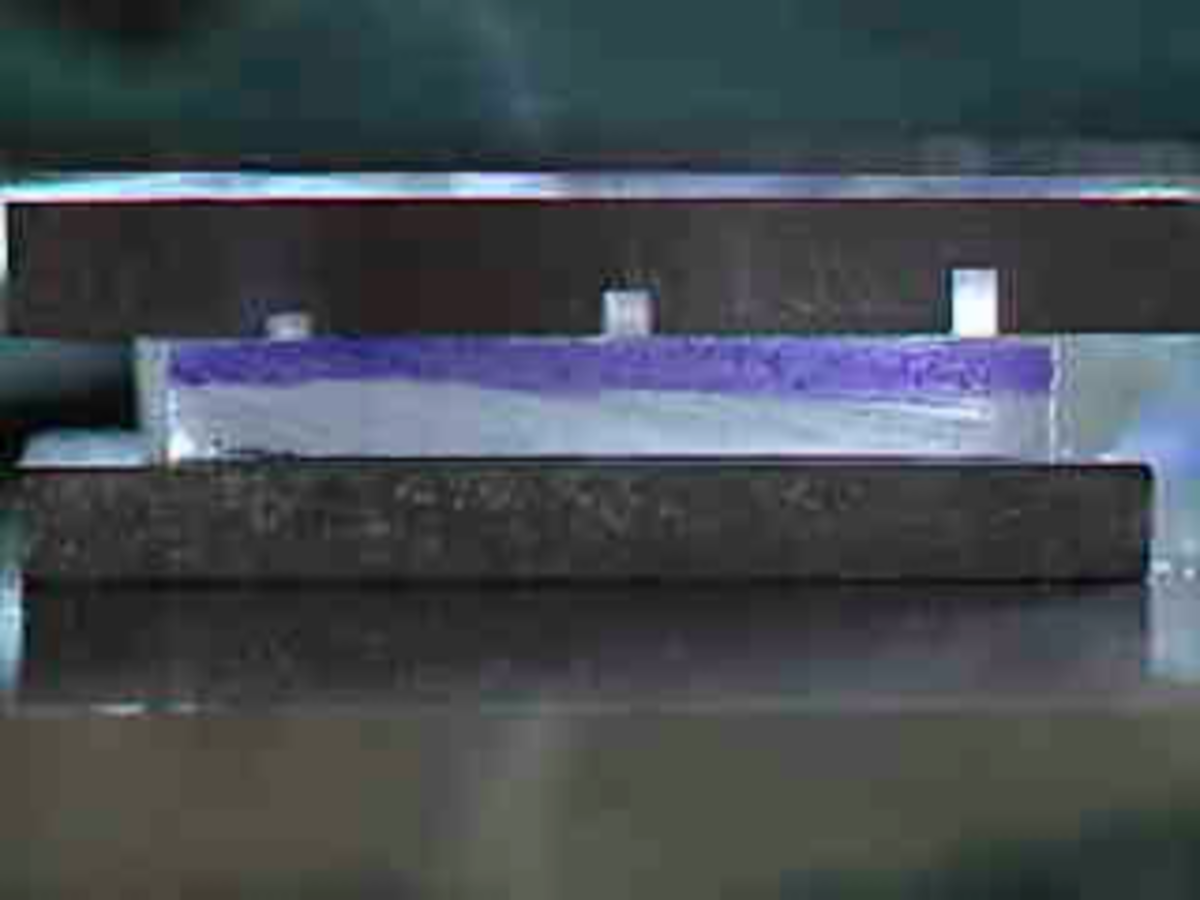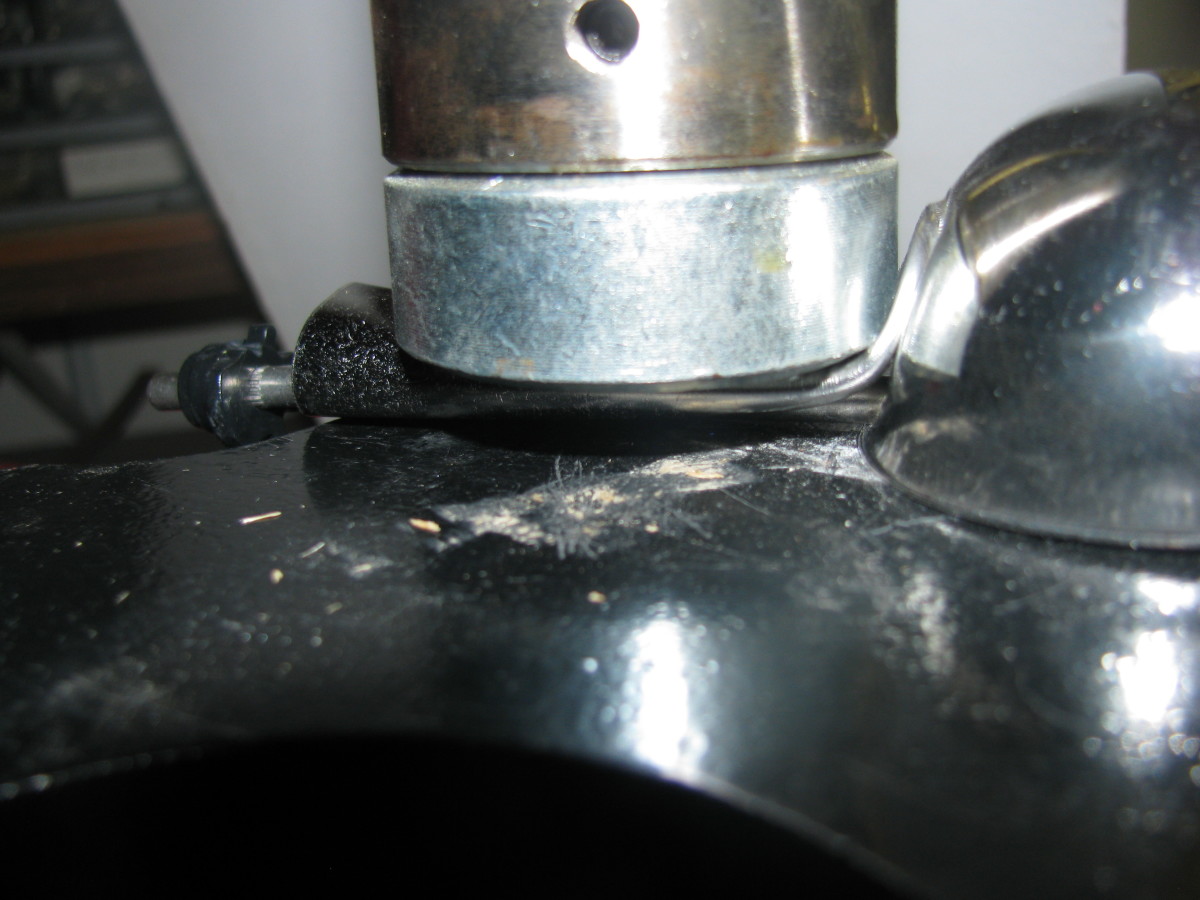Standards for Plastic Weather Exposure Testing
Plastics are lighter than metal. Plastic does not rust, resists chemical corrosion that can eat through metal and are flexible. This is why the use of plastic has spread, replacing metal and organic materials like wood. However, plastics deform under modest loads and high temperatures.
Plastics must be tested for their ability to withstand the elements, their ability to handle extreme temperatures and endure biological processes. The standard for testing a plastic depends on the type of plastic and the material property being determined.

Determining Polymer Behavior Under Extreme Temperatures
The properties of plastics change with the temperature. Plastic generally loses its plasticity and ductility as the temperature drops. The temperature at which the plastics become brittle is called the brittleness temperature.
The ASTM International standard for determining the brittleness temperature is ASTM D746. The ISO brittleness test procedure is described in ISO 974. Both the ASTM and ISO standards define the brittleness temperature as the point at which the plastic suffers brittle fracture instead of deforming upon impact.
Standards for Plastic Exposed to Heat
The long term heat resistance test is used to determine the effect of heat exposure on a plastic. This test is used to aid in the selection of plastics for use in hot work environments or used outdoors in warm climates. The ASTM standard for the long term heat resistance test was ASTM D794.
The ASTM standard only gave the procedure used exposing the plastic to high temperatures. It does not require a standard plastic sample size or test method. For example, you could test bars or sheets or molded parts using ASTM D794. The plastic sample fails the test when it is no longer usable for its intended purpose. For example, if a plastic part cracks during the heat test or a plastic sheet warps, it fails the test. This standard was withdrawn in 1998 without a replacement.
Heat deflection temperature refers to a test in which a plastic deflects one hundredth of an inch under a standard test load. The heat deflection temperature test is outlined in ASTM standard ASTM D648 and ISO std 75.
Testing Plastics for Weathering and Biodegradation
Weathering such as exposure to ultraviolet light and temperature extremes can break down plastic. Biodegradable plastics are made to break down even faster than their long lasting counterparts.
ISO 20200 is the standard for determining how much plastic breaks down in a simulated compost pile. ISO 14853 is the process for measuring the biogas created when plastic breaks down in an environment with some liquid; this standard helps organizations determine how much methane and other biogas is created when plastic breaks down while immersed in the liquid-solid mix at the bottom of many landfills.
ISO 14855-2 is the standard for measuring the carbon dioxide output while performing biodegradability tests with plastic. ISO 10210 is the standard for preparing plastics prior to biodegradability testing.
Plastic Composite Standards
Plastic parts are often reinforced with metal to create a composite material. For example, plastic pipes are often reinforced with metal wires. Plastic composites, due to the fact that they contain other materials, are tested using their own material standards. The ASTM has issued standards to test composite materials based on the polymer and additives they contain.
Plastic lumber holds wood particles in a mostly plastic matrix. It looks like lumber, but it resists rot and cuts like a solid piece of plastic. ASTM D6662-09 is the standard for plastic lumber decking. ASTM D6109 is the test procedure for measuring the flexibility of plastic lumber composites.
ASTM D6112 is the process of measuring the plastic creep and rupture point under load for plastic lumber. Plastic lumber expands and contracts at various temperatures like plastic; ASTM D6341 is the test method for determining how the plastic portion of the composite lumber expands with rising temperatures.
This article is accurate and true to the best of the author’s knowledge. Content is for informational or entertainment purposes only and does not substitute for personal counsel or professional advice in business, financial, legal, or technical matters.








